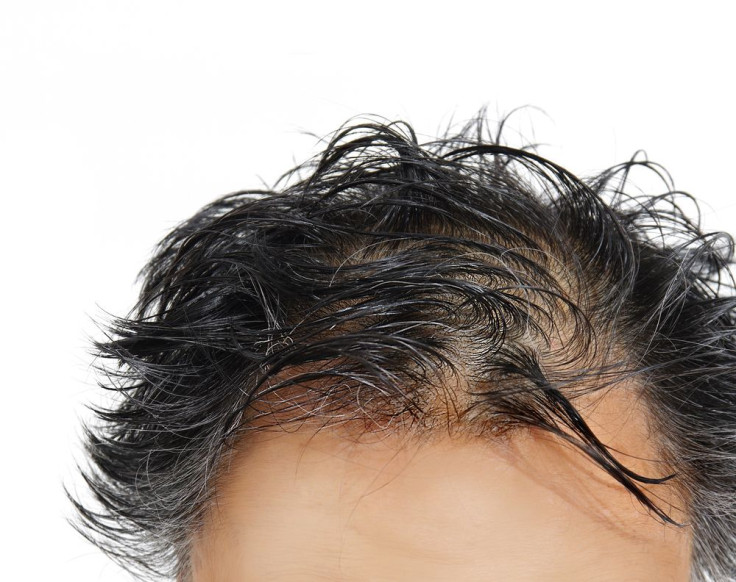Receding Hairline Cure? Stem Cell Breakthroughs Reveal Reversal Treatment Strategy

Regenerative medicine may hold the key to reversing a receding hairline. In a series of papers from the University of Southern California, researchers describe the role certain stem cells play in hair growth and loss. Taken together, these studies illuminate new, effective strategies against baldness.
During the course of 2013, the lab of Krzysztof Kobielak has published three individual studies focusing on stem cells in hair follicles. According to the research team, these cells are controlled by two signaling pathways called BMP and Wnt. This interaction determines when hair grows, stops growing, and falls out.
The first two studies, which are published in the journals Stem Cell and Proceedings of the National Academy of Sciences, focus on the role Wnt plays in hair growth. The investigations reveal that, by increasing Wnt signaling, you could theoretically induce hair growth and reverse hair loss.
The third paper looked closer at the BMP pathway. According to Kobielak, the findings clarify the function of the pathway by describing Smad1 and Smad5 — two proteins that help transmit instructions to hair follicle stem cells. "Since BMP signaling has a key regulatory role in maintaining the stability of different types of adult stem cell populations, the implication for future therapies might be potentially much broader than baldness — and could include skin regeneration for burn patients and skin cancer," Kobielak explained in a press release.
The studies dovetail with several other inquiries into the science of hair loss and baldness. Earlier this year, researchers from the University of Pennsylvania reported that certain immune cells may be used to both treat wounds and grow hair. Similarly, a 2012 paper from the University of Bradford suggested that a certain glaucoma drug may reverse the dreaded condition.
“Collectively, these new discoveries advance basic science and, more importantly, might translate into novel therapeutics for various human diseases," the researchers concluded.
Hair loss, or alopecia areata, can be the result of heredity, underlying medical conditions, or certain drugs. According to the American Hair Loss Association, two-thirds of American males will experience some degree of appreciable hair loss by age 35. To learn more about the condition and currently available treatments, visit the Mayo Clinic or the National Institutes of Health.
Sources:
Eve Kandyba, Krzysztof Kobielak. Wnt7b is an important intrinsic regulator of hair follicle stem cell homeostasis and hair follicle cycling. STEM CELLS. 2013.
E. Kandyba, Y. Leung, Y.-B. Chen, R. Widelitz, C.-M. Chuong, K. Kobielak. Competitive balance of intrabulge BMP/Wnt signaling reveals a robust gene network ruling stem cell homeostasis and cyclic activation. Proceedings of the National Academy of Sciences. 2013.
Eve Kandyba, Virginia M. Hazen, Agnieszka Kobielak, Samantha J. Butler, Krzysztof Kobielak. Smad1&5 but not Smad8 establish stem cell quiescence which is critical to transform the premature hair follicle during morphogenesis towards the Postnatal State. STEM CELLS, 2013.



























